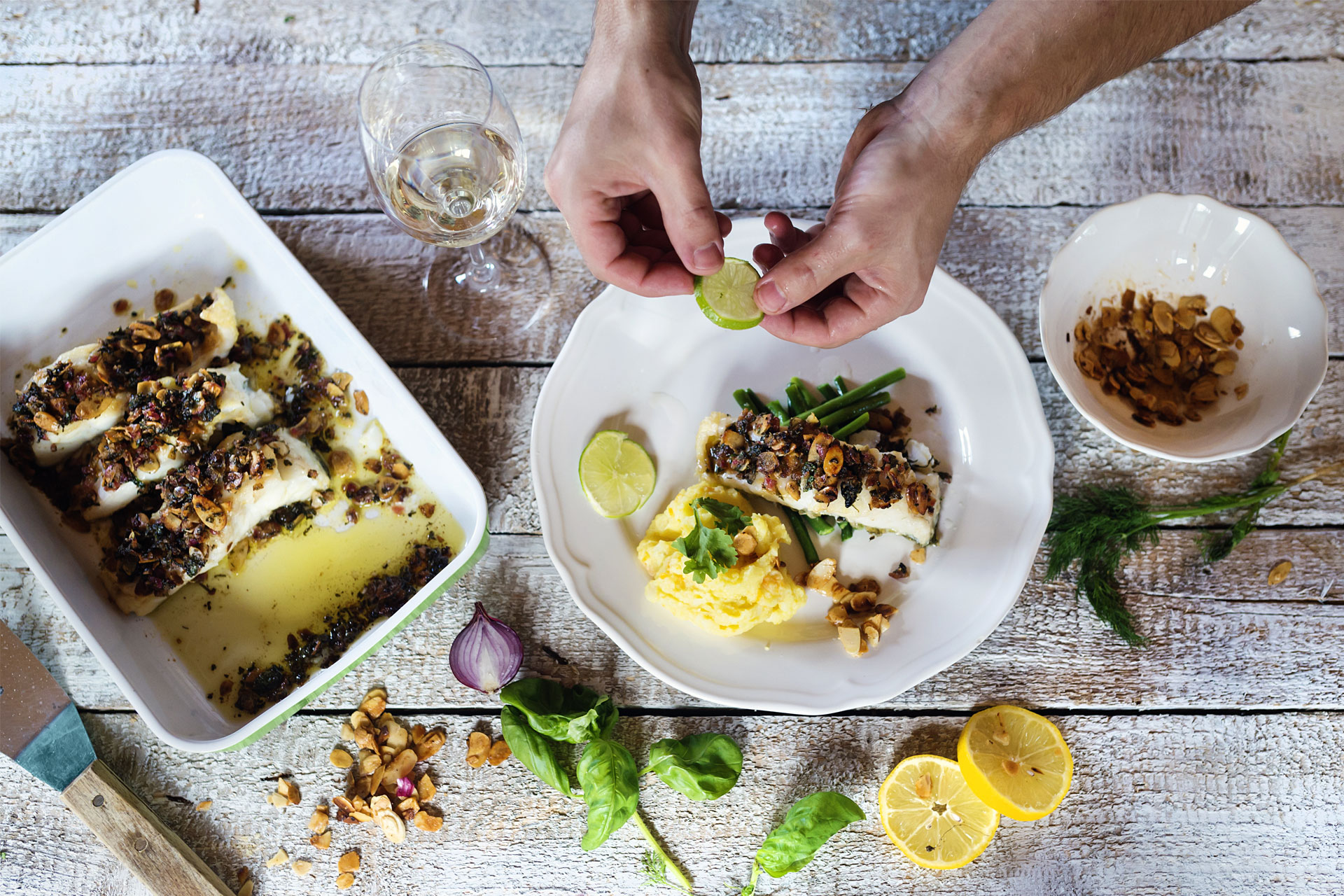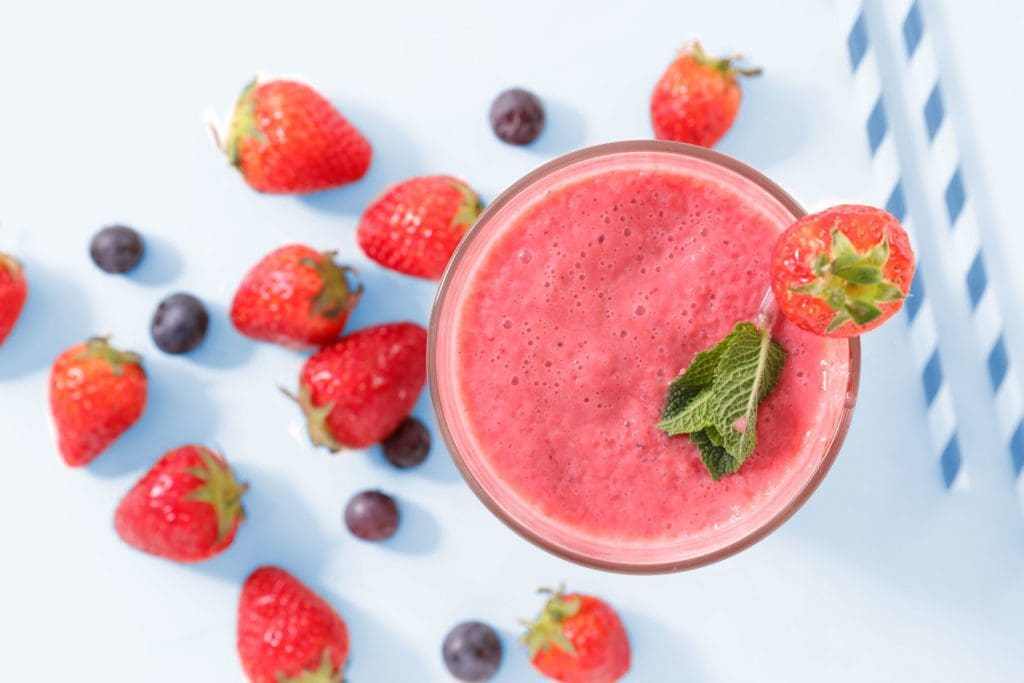We’re all trying to make healthier choices, but when it comes to fish, is one type truly better than another? Nutritionally, there’s no wrong choice when it comes to seafood as a food group. As an animal source, seafood has one of the lowest amounts of saturated fat in relation to protein. In addition to being a lean protein, seafood is high in D and B vitamins and minerals like iron, potassium, and calcium. Most crucially, seafood is high in omega-3 fatty acids, which are essential to the cellular makeup of our bodies and can help with our cardiovascular health and immune systems. Because the human body can’t produce its own omega-3s, all our intake must come from the food we eat. Eating seafood twice a week is one surefire way to increase our intake of these fundamental fatty acids.
Salmon is King
From a nutritional standpoint, salmon is the clear winner of the healthiest fish competition. Fattier fish from cold water are a better source of omega-3s, and salmon is king when it comes to the number of grams of omega-3s per ounce. The National Institutes of Health recommend that men consume 1.6 grams and women consume 1.1 grams of omega-3s daily, and one 3-ounce serving of nearly every variety of salmon surpasses that quota.
Wild of Farmed Salmon?
Sustainability is the other part of the equation when it comes to calculating the healthiest fish for personal health, the health of fish populations, and the planet overall. Farmed salmon are not only more sustainably managed than in the past but are jumping ahead in terms of omega-3s. It used to be that wild salmon was the superior fish to consume in terms of nutritional value. However, with advances in aquaculture, farmers can adjust the diet of their salmon to produce fish that have a higher ratio of omega-3s than their wild counterparts. Sustainable aquaculture is also a proactive way for fisheries to combat the effects of climate change. Put simply, there’s just not enough fish in the ocean to feed everyone based on nutritional recommendations. Wild salmon may sound like a better fish to consume, but sustainability experts question how wild salmon populations would fare in the next few decades to feed billions of people. From a sustainability standpoint, and with the advances in aquaculture, farmed salmon is the better option.
Other Healthy Choices and Fish to Avoid
Aside from salmon, there are other great seafood options in terms of both personal health and planetary sustainability. Bivalves like oysters, mussels and clams are relatively high in omega-3s and a good choice from an environmental perspective. When they are farmed, bivalves don’t need to be supplemented with feed, they take all their nutrients from the water surrounding them. They can also filter out impurities and offset waste entering the environment, which is an often noted problem with farmed seafood. Another fish recommended as a good alternative to salmon is US-farmed rainbow trout. These fish still contain an adequate amount of omega-3s, and US fish farms must follow federal and state food safety regulations.
Tuna, while high in omega-3s and a superior nutritional choice, is more challenging to source sustainably. Wild tuna populations have been decimated by overfishing, and the fish itself can be high in mercury. Experts in both nutrition and sustainability don’t think you should avoid eating tuna altogether, but it requires some research to make sure you’re picking the most manageable option. Experts recommend looking for phrases like “pole and line caught” or “troll-caught” on the labels when purchasing tuna. Similarly, sardines and mackerel are high in omega-3s, but they are no longer recommended as sustainable options because of overfishing concerns for these species.
How to Choose Wisely
If you’re overwhelmed by seafood labels at the fish market, that’s understandable. There are, however, apps and websites run by scientific and non-profit organizations that can help you make the healthiest choices. Seafood Watch, the ratings program run by Monterey Bay Aquarium, has been providing seafood buying recommendations on sustainability standards for two decades. The system is simple to use, green is the best choice, red is an item to avoid, and it covers both wild and farmed options from fisheries worldwide. Another piece of advice for farmed seafood is to make sure that it is truly farmed in the United States, which has stricter standards for food safety when it comes to environmental sustainability. Seafood Finder is a new directory from Local Catch Network, a program built to support local and community-based seafood businesses. Its location-based search helps consumers find sustainable fisheries through several channels.
If you’re trying to reduce your impact on the planet and reap the health benefits of fish simultaneously, experts suggest you think about seafood the same way as you would local produce or meat. It doesn’t matter where you get your seafood from, it matters who you get your seafood from. By sourcing salmon and other seafood options from community fisheries and companies with sustainable farming methods, you’ll be making the healthiest choice for everyone.










